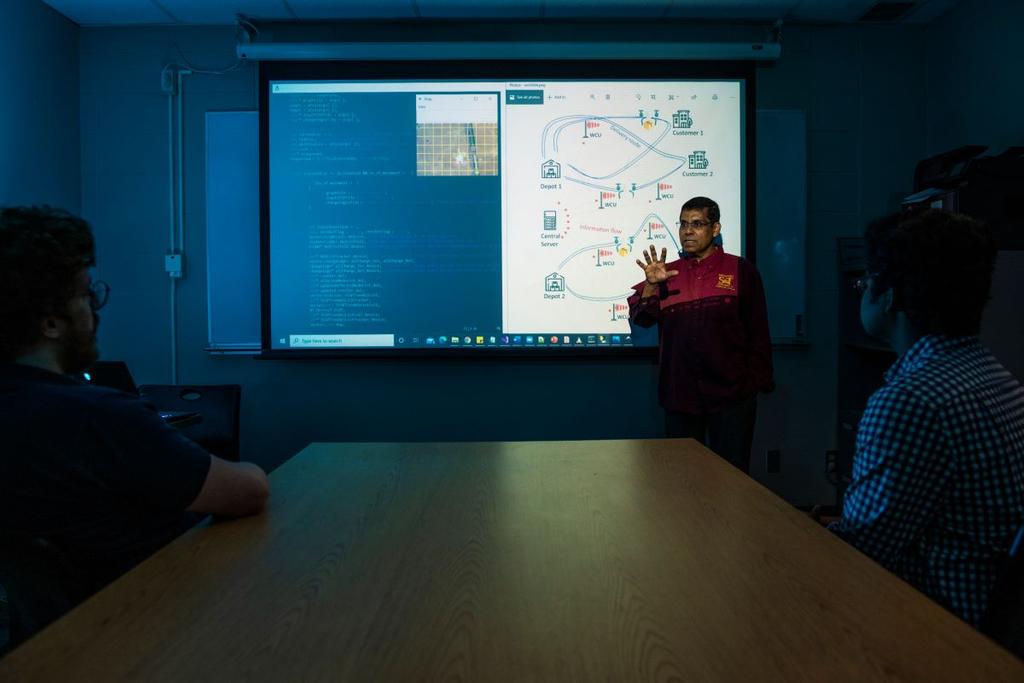APPLICATIONS
Missouri S&T develops first user-friendly software platform to update dynamic networks
Researchers at Missouri University of Science and Technology are developing a new approach for updating dynamic networks – like those used to track viruses, connect people on social media, and coordinate transportation systems – that they say is the first scalable, expandable and user-friendly solution to analyze who is using the network, where they are, and what information and channels they access. Software programs that analyze static networks are available, but researchers say a lack of cyberinfrastructure hampers innovative research in large-scale, complex, dynamic networks. 
Dr. Sajal Das, the Daniel St. Clair Endowed Chair of Computer Science at Missouri S&T, describes dynamic networks modeled as nodes and links. Your cell phone is a node, but unless you make a network connection, there is no link. If you switch off your phone or the battery dies, there is no longer a node. He says nodes and links come and go, making network management complex and challenging.
“The networks change all the time,” Das explains. “Say there’s a disaster or a St. Louis Cardinals game or an accident, and people connect to get information. We don’t know how many people will be on a network at any given time. Similarly, for coronavirus tracing, it’s hard to know how many virus-infected people will come in contact at any given time within proximity.”
Das is collaborating with researchers from the University of Oregon and the University of North Texas on a project titled “Cyberinfrastructure for Accelerating Innovation in Network Dynamics,” or CANDY. The project is funded through a four-year, $2.5 million dollar grant from the National Science Foundation.
Das says they are building the platform to be accessible not only to computer experts but also to intermediate and basic users.
“The networks are so large and changing so fast, we are developing high-performance and parallel computing algorithms,” Das says. “We are also building a cyberinfrastructure tool so that other scientists, engineers, practitioners, and students can develop their own solutions for dynamic networks.”
The Missouri S&T Experimental Mine will be a project case study to analyze the cost-effective operation of complex mining engineering applications such as wireless communications among vehicles, sensor networks, and mining infrastructure. Das says that due to the uncertainty of the infrastructure – which can be affected by terrain, rock or mudslides, and weather conditions – mine-related communications networks may vary dramatically and must be re-established to ensure safety and dependable delivery.
Das says the researchers will work with the government and industry to evaluate the effectiveness of the platform, algorithms, and software tools. They will host workshops and tutorials to educate the research community. Das says the team will also reach out to underrepresented groups by engaging rural communities and high school students in Missouri, Hispanic and Black communities in Texas, First Nation communities in Oregon, and women to train a diverse group of future data scientists in the development of the CANDY platform.
